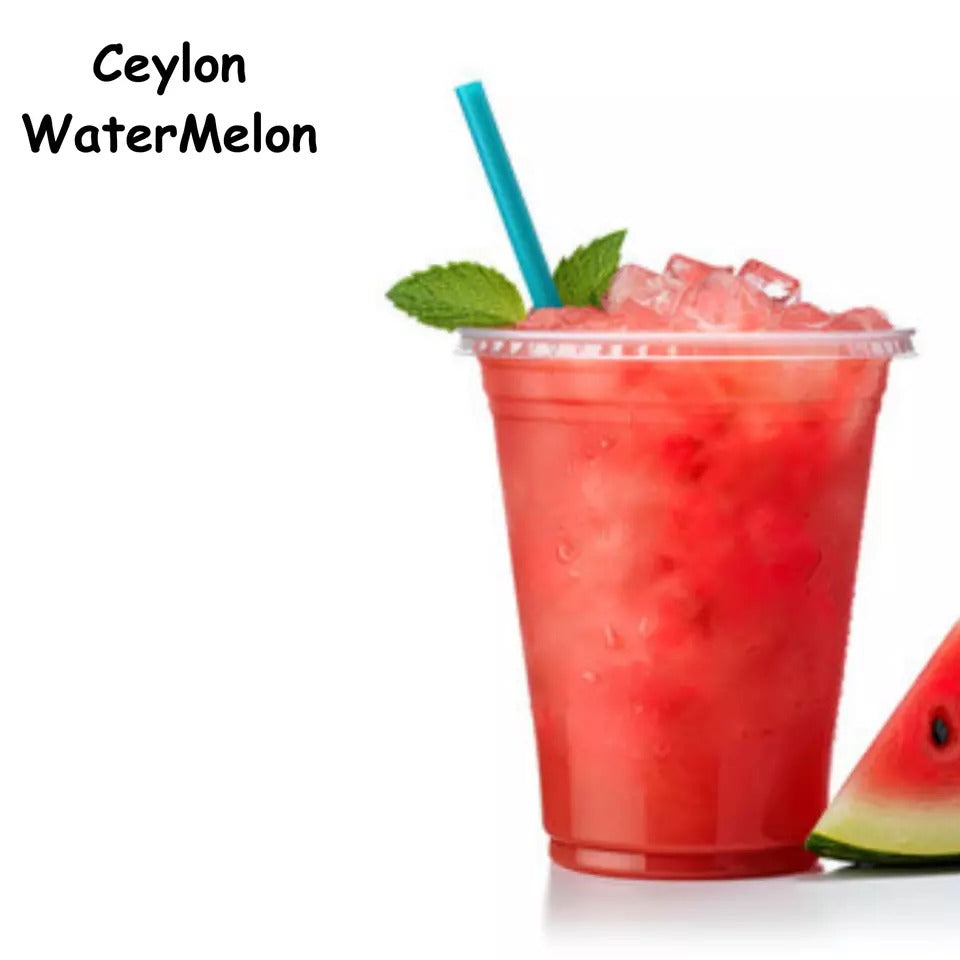Senci Green Garden
Fresh WATERMELON Seeds Garden Sweet Fruit Organic
Fresh WATERMELON Seeds Garden Sweet Fruit Organic
Couldn't load pickup availability
Fresh WATERMELON Seeds Garden Sweet Fruit
Citrullus lanatus, commonly known as watermelon, is a flowering plant in the Cucurbitaceae family. It is cultivated for its large, sweet, and juicy fruit.
Botanical Description
Scientific Name: Citrullus lanatus
Family: Cucurbitaceae
Common Names: Watermelon
Origin: Native to Africa
Physical Characteristics
Growth Form:
Habit: Annual herbaceous vine that spreads along the ground.
Stem: Long, trailing stems (vines) that can extend up to 3 meters (10 feet) or more, covered with fine hairs.
Leaves:
Shape: Deeply lobed and pinnatifid (feather-like) with a rough texture.
Size: Leaves can be up to 20 cm (8 inches) long.
Arrangement: Alternately arranged on the stem.
Flowers:
Type: Monoecious, with separate male and female flowers on the same plant.
Appearance: Yellow, funnel-shaped flowers. Male flowers appear on long pedicels, while female flowers are usually solitary with a swollen ovary at the base.
Fruit:
Shape: Typically spherical to oblong.
Size: Varies widely, ranging from small, 1-2 kg (2-4 lbs) melons to large ones weighing 20 kg (44 lbs) or more.
Color: The rind is usually green, with stripes or spots. The flesh inside can be red, pink, yellow, or orange.
Texture: The rind is thick and hard, while the flesh is juicy and soft.
Seeds: Flat, oval seeds that are black, brown, white, or a mix of colors, embedded within the flesh.
Cultivation
Climate: Prefers warm, sunny climates with temperatures between 21-35°C (70-95°F). Sensitive to frost.
Soil: Thrives in well-drained, sandy loam soils rich in organic matter with a pH of 6.0 to 7.5.
Propagation: Grown from seeds, which are planted directly in the soil after the last frost date in spring.
Growth Requirements: Requires full sun and regular watering, especially during fruit development. Adequate space is needed for the vines to spread.
Uses
Culinary:
Fruit: Consumed fresh, in fruit salads, or as a juice. The flesh is sweet and hydrating.
Seeds: Can be roasted and eaten as a snack or used to extract oil.
Rind: Sometimes pickled or used in cooking.
Nutritional Value: High in water content (about 90%), making it hydrating. Rich in vitamins (such as vitamin C and A) and minerals (such as potassium and magnesium). Contains antioxidants like lycopene.
Medicinal: Traditionally used for its hydrating properties. The seeds and rind have been used in folk medicine for various treatments.
Varieties
Icebox Watermelons: Small varieties that fit in a refrigerator.
Seedless Watermelons: Developed to have very few or no seeds.
Yellow and Orange-Fleshed Watermelons: Variants with different flesh colors, often sweeter.
Picnic Watermelons: Large, oval to round fruits typically used for gatherings and picnics.
Economic Importance
Agriculture: Widely grown worldwide, especially in warm climates. Major producers include China, Turkey, Iran, Brazil, and the United States.
Market: Popular in local markets and international trade due to its refreshing taste and nutritional benefits.
Challenges
Pests and Diseases: Vulnerable to pests such as aphids, cucumber beetles, and diseases like powdery mildew, fusarium wilt, and anthracnose.
Climate Sensitivity: Requires a long, warm growing season and is sensitive to cool temperatures and excessive moisture.
Cultural Significance
History: Watermelon has been cultivated for thousands of years, with evidence of its cultivation in ancient Egypt.
Festivals and Traditions: Central to summer celebrations, picnics, and festivals in many cultures. Often enjoyed as a refreshing treat in hot weather.
Citrullus lanatus is not only cherished for its delicious and hydrating fruit but also valued for its nutritional benefits and cultural significance. Its wide cultivation and variety of uses make it an important crop in many parts of the world.
Share


















